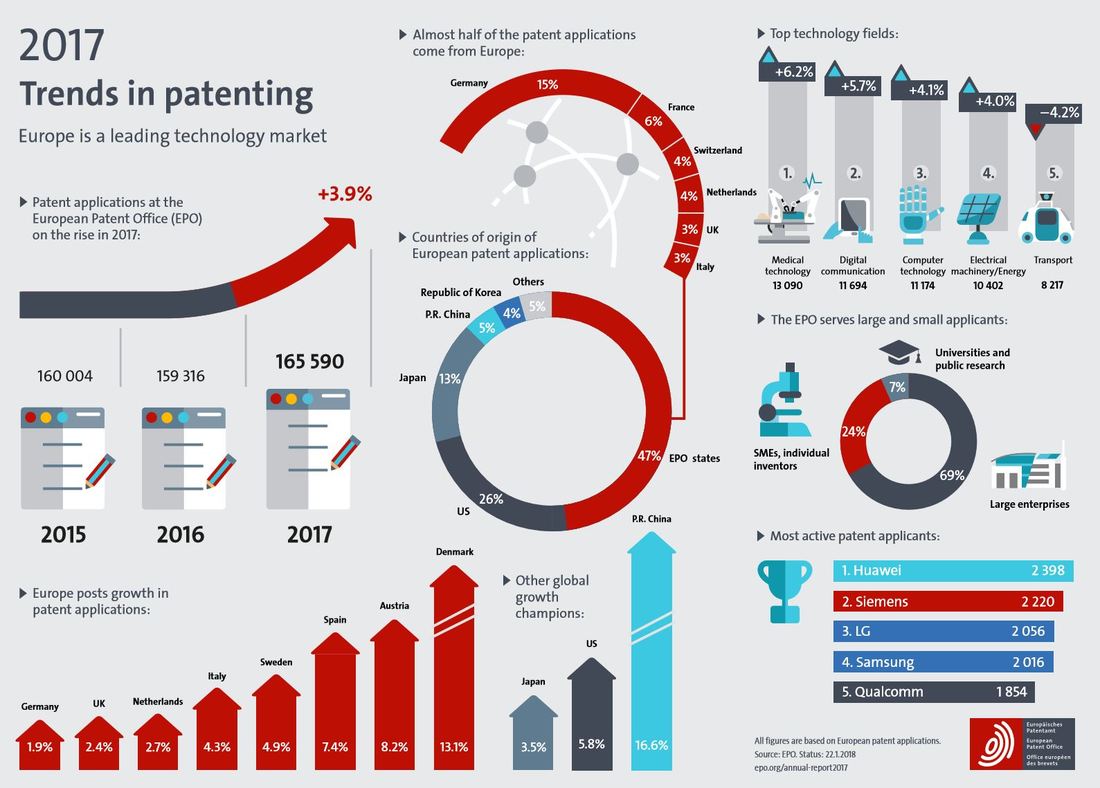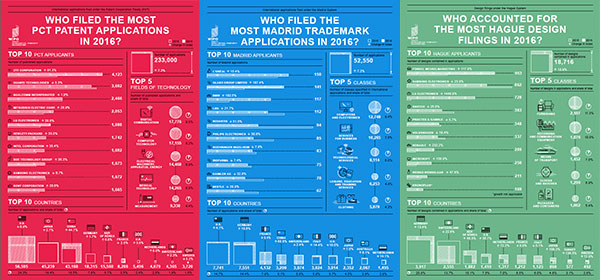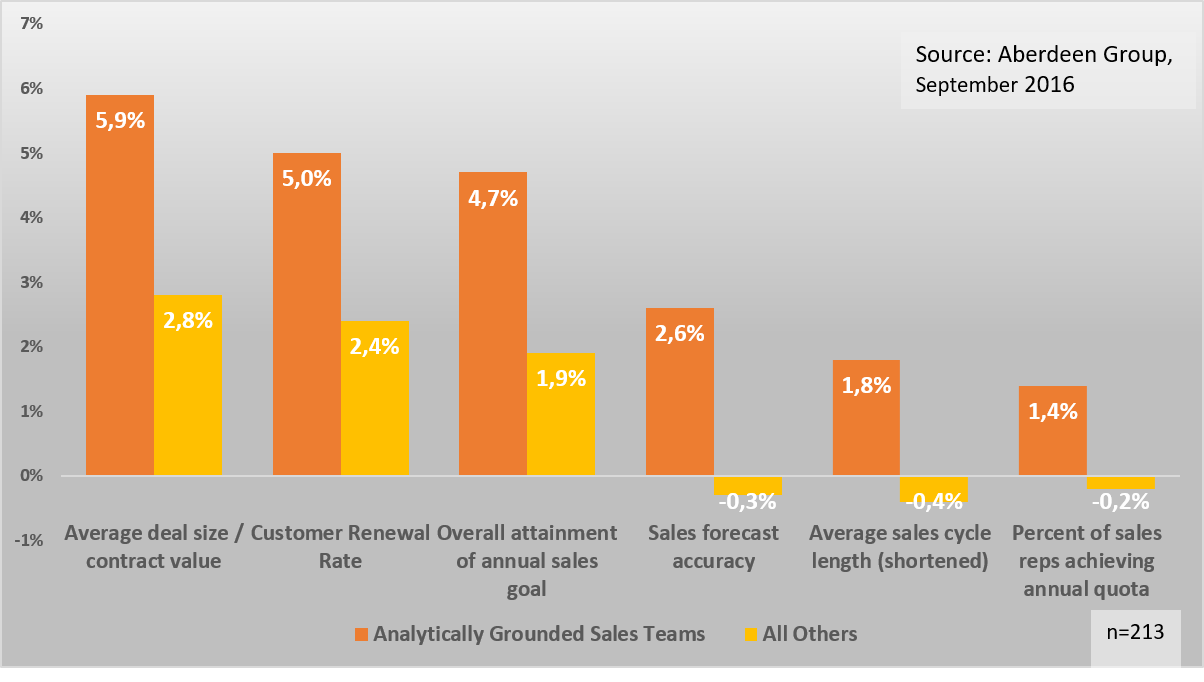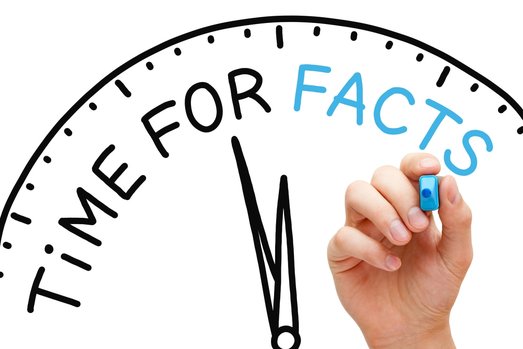The formal concept to manage this challenge in business is called Sales Pipeline Management. It´s bridging today´s deal-by-deal business execution with the projected business attainment on an opportunity-by-opportunity basis. While, it is the shared formal concept for all stakeholders, it allows for different perspectives:
While there are plenty of publications on Pipeline Management, I would like to share some perspective, why Quality must beat Quantity! Ideally, all your opportunities convert to business and contribute to the goal attainment. However, reality is very different. Deals are slipping into future quarters, they close smaller than expected or simply are lost. Let me introduce some commonly used concepts to address the lack of control on the pipeline:
In essence, you can either further mobilize your demand generation engine to put more deals into the pipeline (increase Quantity) or lose less from it (increase WinRate) - either way, you will need to prepare for the unexpected. Important to keep in mind that both approaches are limited by available sales capacity of the organization. As far as the laws of mathematics refer to reality, they are not certain; and as far as they are certain, they do not refer to reality. The Spreadsheet Acrobats will tell you that the required future Pipeline Threshold to hit your future sales target ("pipeline coverage") will be the future target to go plus an % uplift. The amount of required % uplift is defined by the % amount of historically lost deals. In other words, we set the pipeline coverage goal high enough so, we -hopefully- cater for potential future losses.
The mathematical approach alone is not getting you on the safe side. You end up in an unhealthy race fighting lost opportunities with more demand generation. However, the more pipeline volume we expect, the more difficult it is to find sufficient deals and the harder it gets to reach a similar success rate again. Fighting the tendency of dropping WinRates through incremental volume requirements we can call the Matryoshka Effect in Pipeline Coverage Requirements - the Pipeline Coverage targets keep going up while WinRates are trending downwards. In reality, many leaders still prefer to drive the hard fact based, quantitative approach over qualitative coaching. The reason is simple: It´s easier to scale pipeline generation within a sales organization (all hands on deck!"), than coaching sellers, partners and marketing for elevated deal quality. The only way to escape Matryoshka’s appetite for more is by putting focus on the qualitative approach to deals, both on the Demand Generation and on the Deal Management side. Increasing the number of healthy deals (and the healthy meals for Matryoshka) will get your pipeline into a stable, healthy state. Give it a serious try, put focus on the organizational capability and you will be surprised, both by the qualitative and the quantitative effects it triggers.
The very practical approach of Coaching for Pipeline Success [Keith Rosen] works well for me but, Training alone doesn't develop champions. Leaders do!
0 Comments
There is a chicken-egg-interdependency of business- and Intellectual Property strategy. This explains, why IP-strategy discussions without a deep understanding of business makes no sense. Seeking the core of business transformation in digital technology adoption only is not enough. The Intellectual Property Strategy will likely decide who takes control on the whole value chain and the underlying business model - who sits in the front seat and who must find a place on the backbench. Even though that patents represent a part of innovation only, they still indicate where the energy is in a respective geography, industry, or even company. The annual reports of patent offices provide some interesting perspectives worth exploring. The factory of the future will have only two employees, a man, and a dog. The man will be there to feed the dog. The dog will be there to keep the man from touching the equipment.
With the separation of Software from Hardware arriving in automotive industry, a whole set of new proprietary software with respective End User Licensing Agreements (EULA) will be coming down the road. It seems we soon have to familiarize ourselves with the fact that we can´t own a car entirely anymore - primarily not because we all move into the share economy model but driven by the fact that the car manufacturer will no longer own or control the required software IP. Automotive Industry for years pushed towards external innovation and external labor to reduce capital lockup - Software IP will be a game changer for car vendors who want to keep control on their core business. This idea is intriguing us because manufacturers need to go beyond selling physical car assets and must discover us drivers as customers - welcome to next generation Customer Relationship Management and the essence of customer intimacy for an old economy! However, transformation in software industry is going deep as well. What has worked in a traditional productized Sell-To model needs to get complemented by Sell-With and Sell-Through approaches to meet the new customer expectations. Software IP gets embedded in products, cloud-based services become essential part of other products or your current customer may want to join forces with you on innovation. Either way, it´s time to revise value propositions, to reskill the salesforce and to tune the commercial backbone towards new ways of monetization. Digital Transformation, Industry 4.0 and a solid IP Strategy belong together and form the common ground for your business in near future, so let´s prepare for it now. Good news, the cheese may already have moved on but the opportunity maybe bigger than ever and the driver seat is not decided yet!
I don't know anything, but I do know that everything is interesting if you go into it deeply enough.
This usually is the point where measuring the world starts and big data is put into action. It begins with identifying statistically significant parameters. Try to understand what sets a successful contract renewal apart from those which did not renew. If you want to go beyond anecdotal evidence, a lot of data points are involved, but the effort is worth it. Aberdeen Group research states that Analytically Grounded Sales Teams average a 2.7 times greater annual increase in customer renewal rates. Meanwhile, such data analysis is well supported by BI tools or even Artificial Intelligence engines and it is backed by external business consultant experience.
Taking the recurring business scientifically to the next level implies a lot of work but it is the right choice in the digital era. Even if you decide to start small, next time you assess the feedback of your customer satisfaction survey with your teams, make sure you especially understand where the bullet holes are missing - it might well be your blind spot hiding the lethal risk to your business mission.
In sales business this is true as well, it comes down to the everlasting question of Art & Science. The fine arts of dealing with people, emotions, expectations and the fact based, systematic, scientific approach. Provocatively speaking, neither wine & dine nor bean counting is the answer. The journey towards the right blend is the master discipline in sales leadership, since it is closely connected to both, organizational culture and customer intimacy. Diversity needs room in every healthy organization but it must reside with the people and perspectives. It is not defined by the variety of proprietary spreadsheets in a room. We all have attended far too many meetings which did not follow the courses of action. Actually, it´s great to rely on intuition and discuss different standpoints but let´s calibrate it with insight, driven by relentless curiosity – trying to avoid justifying ones own personal bias. In memory of Hans Rosling, the founder of gapminder.org, who recently passed away: “I want to talk about mindset; Does your mindset correspond to my data set? – if not, one or the other needs an upgrade!” [TED 2009]. Keep it simple for all parties: What can you do in your next business meeting to stimulate the customer mindset and concrete plan of action through valid and compelling facts? – Think about it!
|
Andreas Engelis an experienced business leader working 25+ year in high-tech industry - leading, growing and transforming high-performance sales organizations, balancing short term results with long term strategy to drive new business growth. CATEGORIES
All
ARCHIVES
April 2020
|











